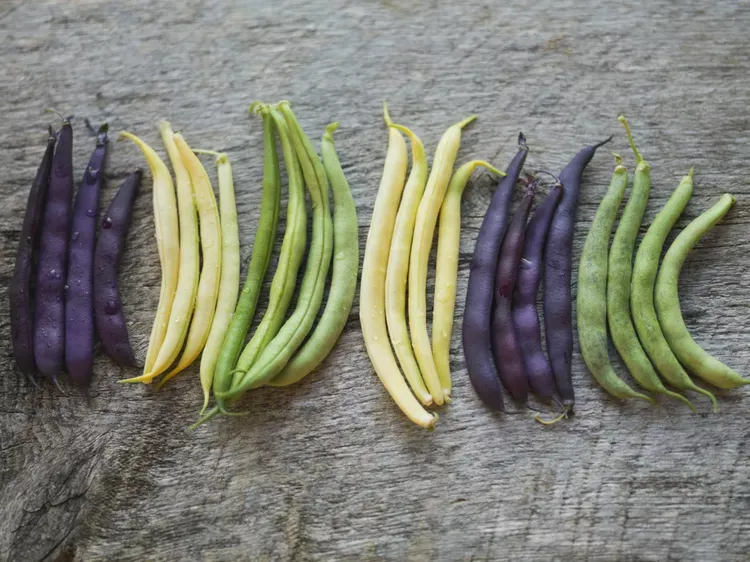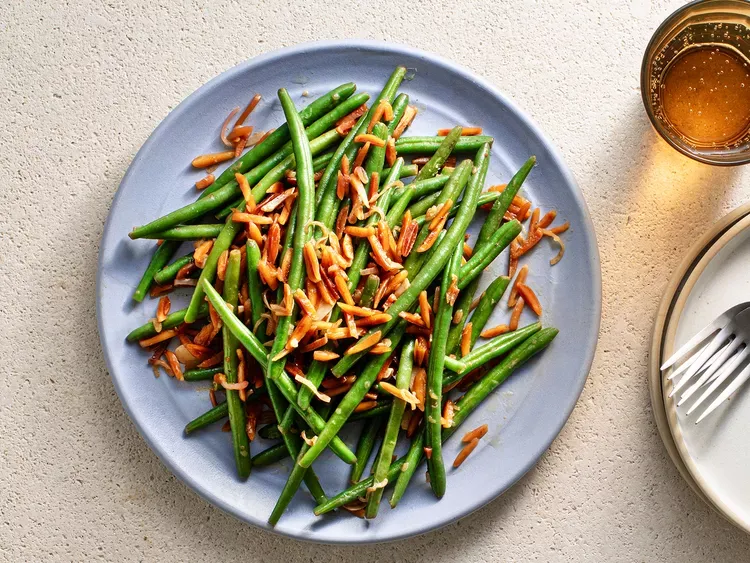
“
Green beans are not just a delicious vegetable; they have a rich history and offer numerous health benefits. In this blog, we explore 20 fascinating facts about green beans, revealing their unique traits, nutritional value, and diverse culinary uses. Whether you're a fan of green beans or simply curious about this versatile veggie, you'll find captivating insights that enhance your knowledge and appreciation. Dive in and discover the remarkable world of green beans!1
1
”
Green beans, also known as string beans or snap beans, are classified as legumes. They belong to the Phaseolus genus and are technically seeds from the Fabaceae family, making them relatives of peas and lentils. 1
Green beans have been cultivated for thousands of years. They originated in Central and South America and were an important crop for indigenous peoples before spreading to Europe and other parts of the world through exploration. 2
Green beans are typically harvested when the beans are still immature and tender. If left too long on the plant, they develop hard, inedible seeds, making timely harvesting crucial for optimal texture and flavor. 3
Green beans come in bush and pole varieties. Bush beans are compact, about two feet tall, perfect for small gardens. Pole beans, reaching up to ten feet, climb vertically, maximizing garden space with their impressive height. 4

Some green bean varieties are purple or yellow when harvested but turn green when cooked. This color change is due to the breakdown of anthocyanins, which are pigments responsible for their initial hues.
Green beans are a major agricultural crop in countries like China, India, and the United States. They are grown for both domestic consumption and export, contributing significantly to the economies of these regions. 5
Cooking green beans can actually enhance their nutritional value. Steaming or microwaving them helps preserve more vitamins and minerals compared to boiling, which can cause nutrient loss in the water. 6
Green beans can be used as nutritious animal feed for livestock like cows and chickens, offering essential vitamins and minerals. However, they should be cooked or processed to prevent digestive issues from raw beans.7
Green beans contain antioxidants such as quercetin and kaempferol. These compounds help combat oxidative stress in the body, potentially reducing inflammation and lowering the risk of chronic diseases.8
Green beans grow best in well-drained soil with ample sunlight. They are sensitive to frost, so they are typically planted after the last frost date in spring and harvested before the first frost in fall. 9
Green beans naturally repel certain garden pests, such as aphids and spider mites. Their strong smell can act as a deterrent, making them a beneficial addition to an integrated pest management strategy.10
Oregon is the leading producer of green beans in the United States. Its favorable growing conditions and extensive agricultural practices make it the top state for cultivating these popular and nutritious vegetables.11
Green bean flowers depend on bees for pollination. Their bright colors and sweet nectar attract these vital pollinators, ensuring successful pollination and a bountiful harvest, emphasizing the crucial role bees play in agriculture.12
During World War II, green beans were vital in the U.S. and Europe for their easy cultivation and long shelf life. Canned green beans were widely distributed in rations, crucial for sustaining populations during wartime. 13

Green beans are most flavorful and tender when they are thinner than a pencil. This size ensures the perfect balance of crispness and taste, making them ideal for a variety of dishes and culinary uses.
Despite their name, green beans are not technically “beans” in the strict botanical sense. Instead, they are harvested before the beans inside the pods mature, giving them their distinctive green color and snap. 14
Green beans are commonly known as string beans or snap beans. These alternative names reflect their characteristic crisp texture and the way they snap when broken, making them a versatile and popular vegetable. 15
Green beans have been grown in space as part of NASA’s experiments to study plant growth in microgravity. This research helps scientists understand how to grow food for long-duration space missions and future space habitats. 16
In 1996, H. Hurley from Fuquay-Varina, North Carolina, USA, grew a green bean measuring an impressive 121.9 cm (48.75 inches) in length, showcasing a remarkable achievement in vegetable cultivation.17
Green beans are rich in vitamins A, C, and K, as well as folate and dietary fiber. They offer a range of health benefits, including supporting immune function, promoting healthy vision, and aiding digestion. 18


